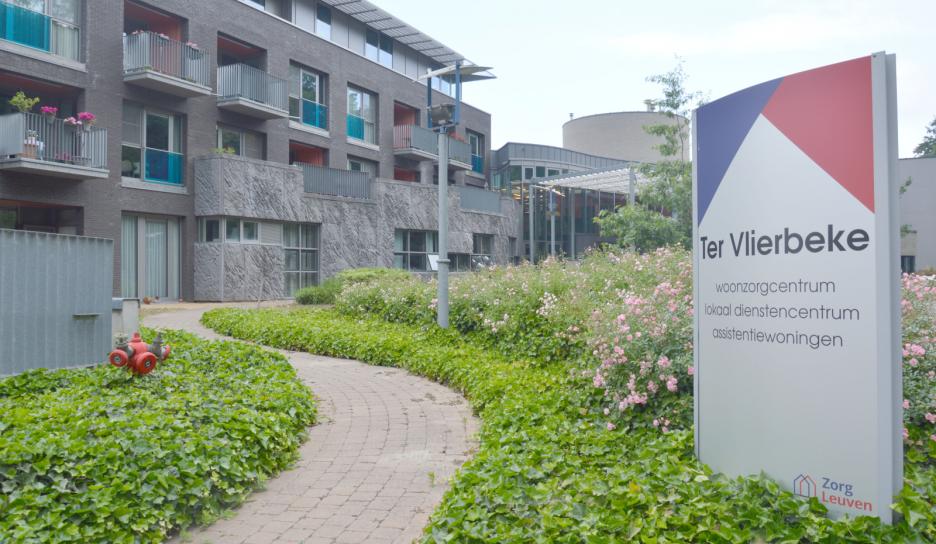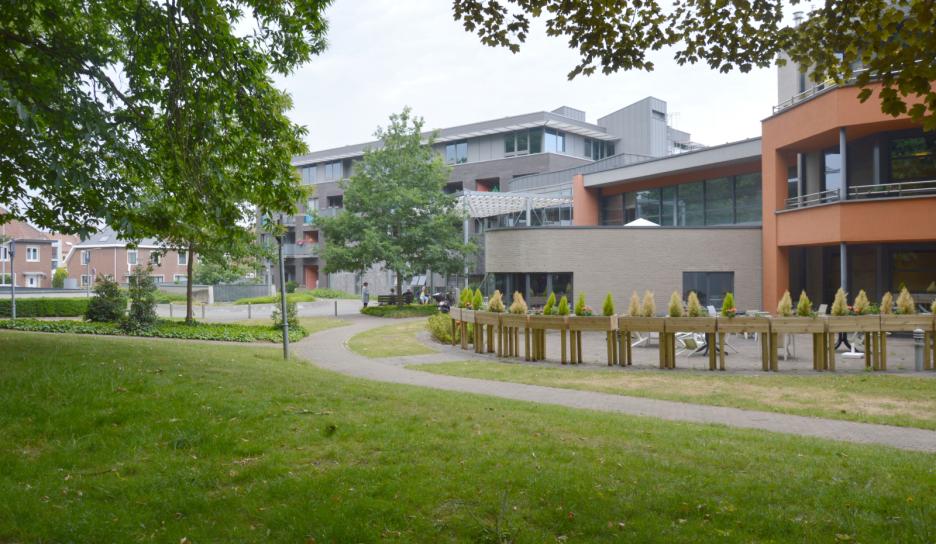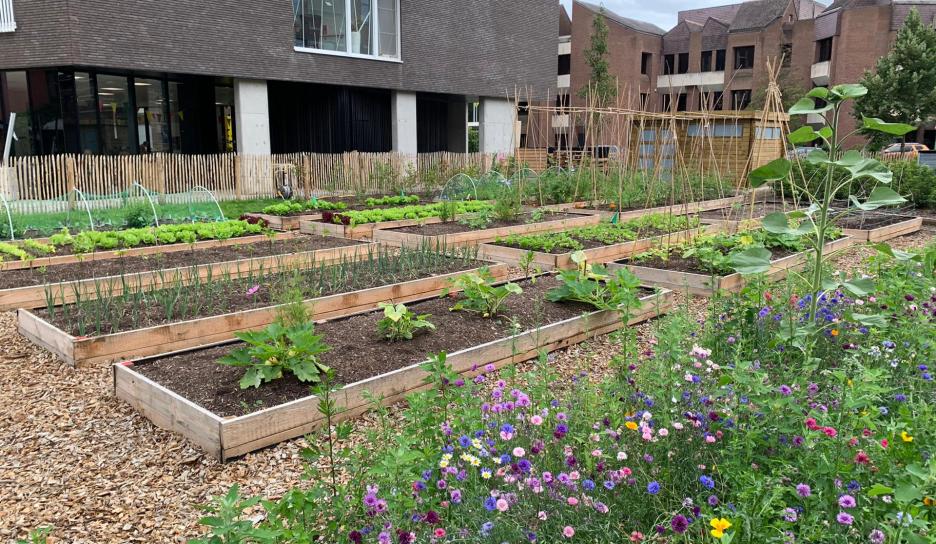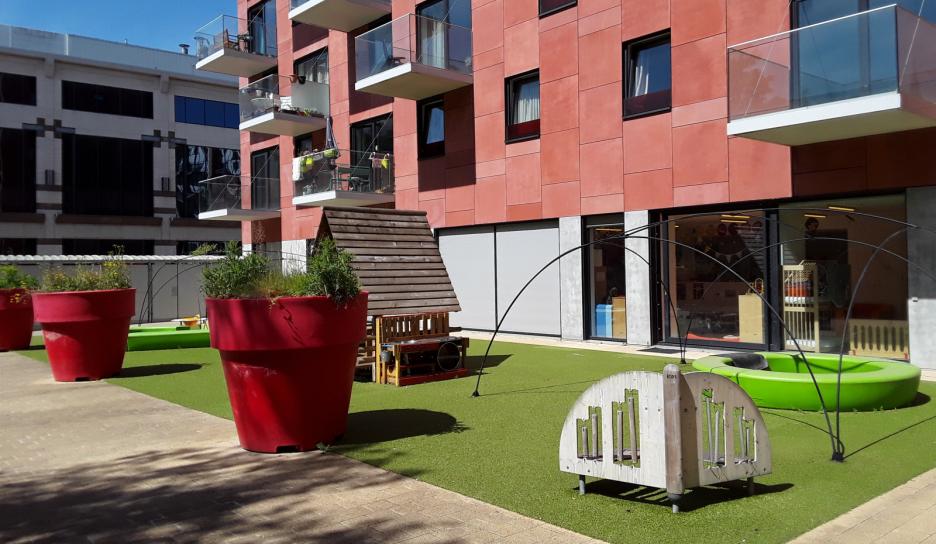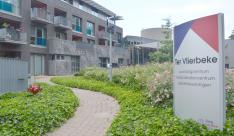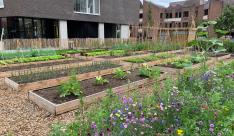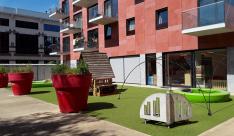Pact partner: Zorg Leuven

About Zorg Leuven
Zorg Leuven is an association that focusses on accessible, affordable, friendly and high-quality care in three main domains: childcare, home care and elderly care. Considering Zorg Leuven’s historic connection to the “OCMW” (Belgium’s Public Centres for Social Welfare), our clients are often in a vulnerable position. We strive to achieve the best care whilst maintaining affordability. Like the City of Leuven, we are strongly committed to sustainability, ranging from circularity and renewable energy to energy efficiency and greening our fleet. We also strongly believe in the importance and power of nature. Nature, however, is not accessible or affordable for everyone equally: “our” children don’t always have access to outdoor facilities, natural environments at home; the elderly have limited mobility.
Role in Pact
Through PACT, Zorg Leuven wants to create a higher quality of life by introducing more accessible nature for its specific target group. Our pilot site is residential care centre Ter Putkapelle. We wish to upgrade this site’s nature to a more cheerful, diverse level, inviting people to go outside, enjoy the terrace and garden, stimulate social interaction, reduce depression and anxiety. We also aim to create a dementia-friendly and “wander” garden, a recognizable and reassuring place, a multisensory and symbolic environment that can help to recall episodes from a person’s past, activate memories. The garden is not only for (demented) elderly people: anybody, such as somebody undergoing restorative post-stroke therapy, will be less conscious about manifesting their deficits, falling and being viewed as handicapped. The replication phase offers the possibility to additional Zorg Leuven sites, also in childcare, to follow this example and commit to (more) nature.
Residential care centre Ter Putkapelle
Located in Leuven’s Wilsele district, residential care centre Ter Putkapelle (the second pilot location) is one of several care facilities owned by Zorg Leuven. It contains 90 regular units and 27 units for assisted living. At present, the site lacks effective green spaces. Though there are a few patches of green, they are irregularly maintained and illsuited to the centre’s elderly residents. Both the residents and the managers of the centre have indicated a strong interest in pursuing NBS but they lack the knowledge or experience to do so on their own.


